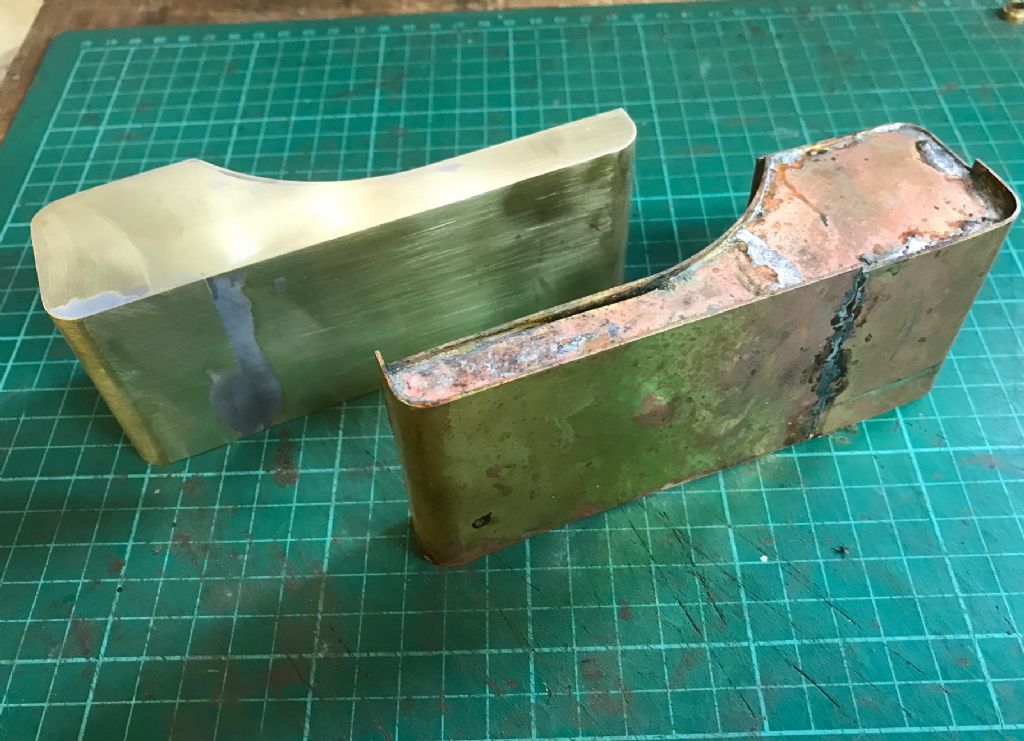Bob Wild
Well-Known Member
Thanks Richard. I have found that at low pressure and giving it a nudge that it goes with a bigger thump at one dead centre than the other. This happens on both cylinders. So as you suggest I think the slide valve is not centred truly. I’ll try and fix this although it is a bit of a pig as I have to do a lot of dismantling to adjust the nut. Unfortunately this will not be for a while as Mrs W wants me to take her away in our caravan. Grrr
Bob
Bob

























![DreamPlan Home Design and Landscaping Software Free for Windows [PC Download]](https://m.media-amazon.com/images/I/51kvZH2dVLL._SL500_.jpg)




































![MeshMagic 3D Free 3D Modeling Software [Download]](https://m.media-amazon.com/images/I/B1U+p8ewjGS._SL500_.png)




















